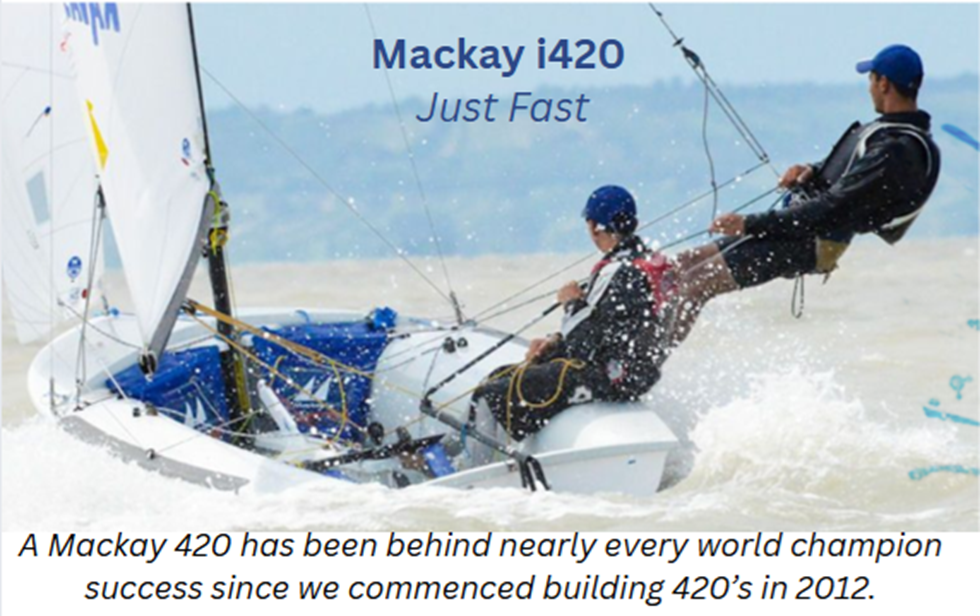but not for his sailing. The sailor who is a triple gold Olympic medalist,
found himself among the gossip columns of Great Britain and Australia due to
his conduct with the media after a race during the ISAF World Championships in
Perth, Australia.

boat, an inflatable dinghy motorboat. Ainslie boarded the vessel and
communicated to those on board that they were too close to him during the race
and had hampered his race. Photos posted online sparked inquiries as to whether
or not Ainslie had accosted one of the newsmen onboard the press boat. These
claims were later debunked.
ineligible for the medal race on Sunday.
Had Ainslie been found guilty for gross misconduct by the ISAF, Ainslie
could have faced a two-year ban from the sport.
that he thought the disqualification was a “massive over-reaction.” The
incident this weekend is another example of the media interfering with sporting
events, most notably the media has been chastised for causing accidents during
Tour de France coverage.
its way into trying to make the sport more appealing for television,” said
Stephen Park, British team manager to the Sydney Morning Herald. The behavior
by Ainslie this weekend has been heralded by some and criticized by many online
and through various news outlets. For the believers that all press is good
press, the sport of sailing has gained more followers. “It’s on my
doorstep and I haven’t been following the sailing at all, but everyone’s heard
about (the Ainslie incident),” John Rawlins, an Australian to the SMH.
disqualification? Was the press boat at fault?













